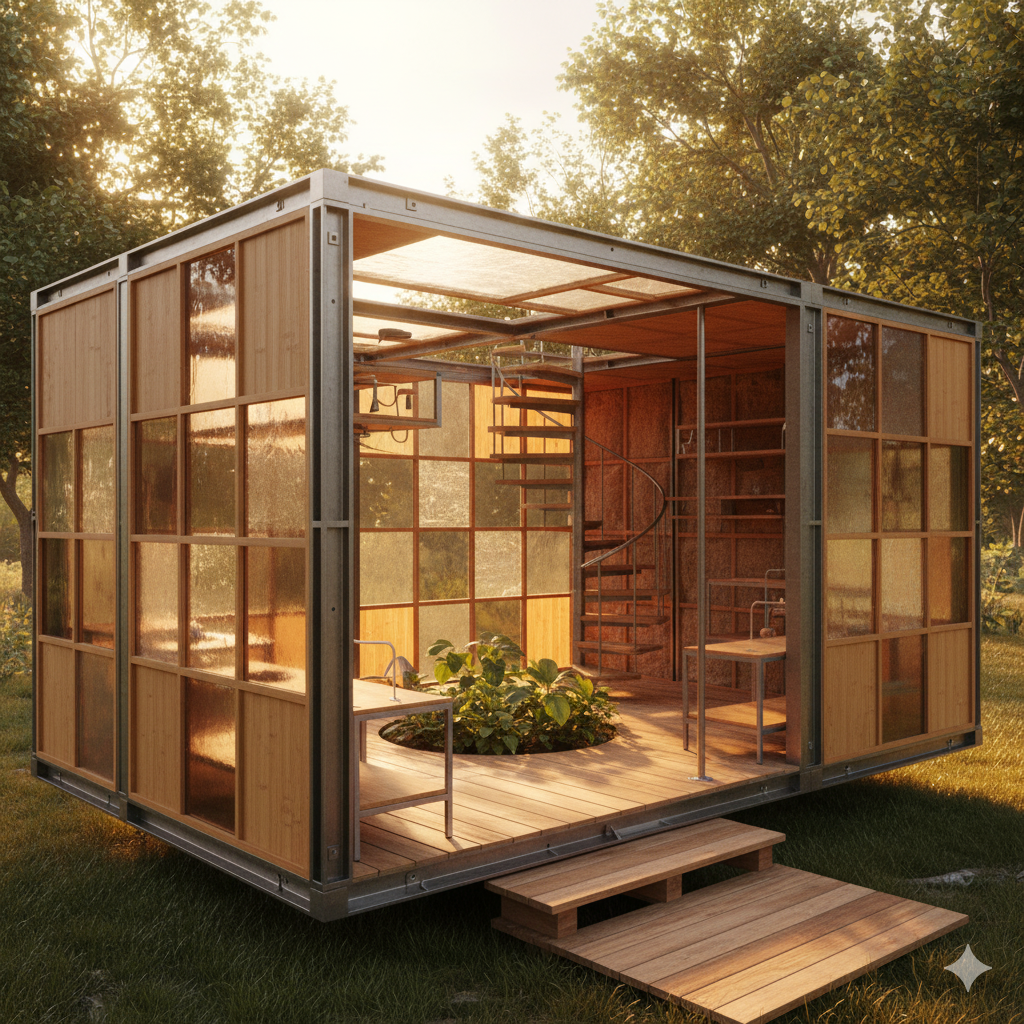Tiny Home Markets
Archives
Circular Living: Designing Homes That Regrow Themselves
SIGN UP FOR OUR NEWSLETTER
Circular Living: Designing Homes That Regrow Themselves |
Embracing regenerative design in tiny homes for a sustainable future |
In today's era of climate accountability, the mantra "reduce, reuse, recycle" has evolved into a comprehensive design philosophy known as circular living.
This approach emphasizes creating homes that are not only sustainable but also capable of regenerating themselves.
Tiny homes are at the forefront of this movement, showcasing innovative designs that prioritize environmental harmony.
Builders are increasingly utilizing modular panels that can be easily disassembled, repurposed, or entirely recycled.
Interiors often feature reclaimed materials such as flooring, hemp insulation, and rapidly renewable bamboo.
Even fixtures are designed for disassembly, transforming yesterday's walls into tomorrow's windows.
It's sustainability with rhythm—life, use, return.
Instead of permanence, circular design celebrates participation in nature's loop.
Owners of tiny homes aren't just purchasing a structure; they're engaging in a living process.
In a world overwhelmed by waste, this movement embodies radical optimism—demonstrating that beauty doesn't have to cost the earth, and endings can be beginnings by design.
Recent developments underscore this trend.
For instance, the Whidbey Puzzle Prefab, designed by Wittman Estes, is a 600-square-foot prototype on Washington State's Whidbey Island.
It showcases how prefab homes can minimize environmental impact while offering a flexible, modular lifestyle.
Its design consists of four distinct sections that can be reconfigured to suit various environments, integrating seamlessly with minimal disturbance to the surrounding landscape.
Similarly, the Tasmanian House initiative in Australia has been pioneering sustainable housing since 2020.
These prototype residences utilize local materials and traditional building techniques, emphasizing affordability and environmental sustainability.
The designs are open-source, allowing widespread adaptation and promoting community-driven construction.
These examples highlight a growing commitment to regenerative design and zero waste living.
By embracing eco innovation and utilizing reclaimed materials, tiny homes are not just providing shelter but are also contributing to a sustainable and regenerative future.
As this movement gains momentum, it offers a compelling vision for how we can live in harmony with our environment, turning the concept of home into a dynamic participant in the natural cycle. |

